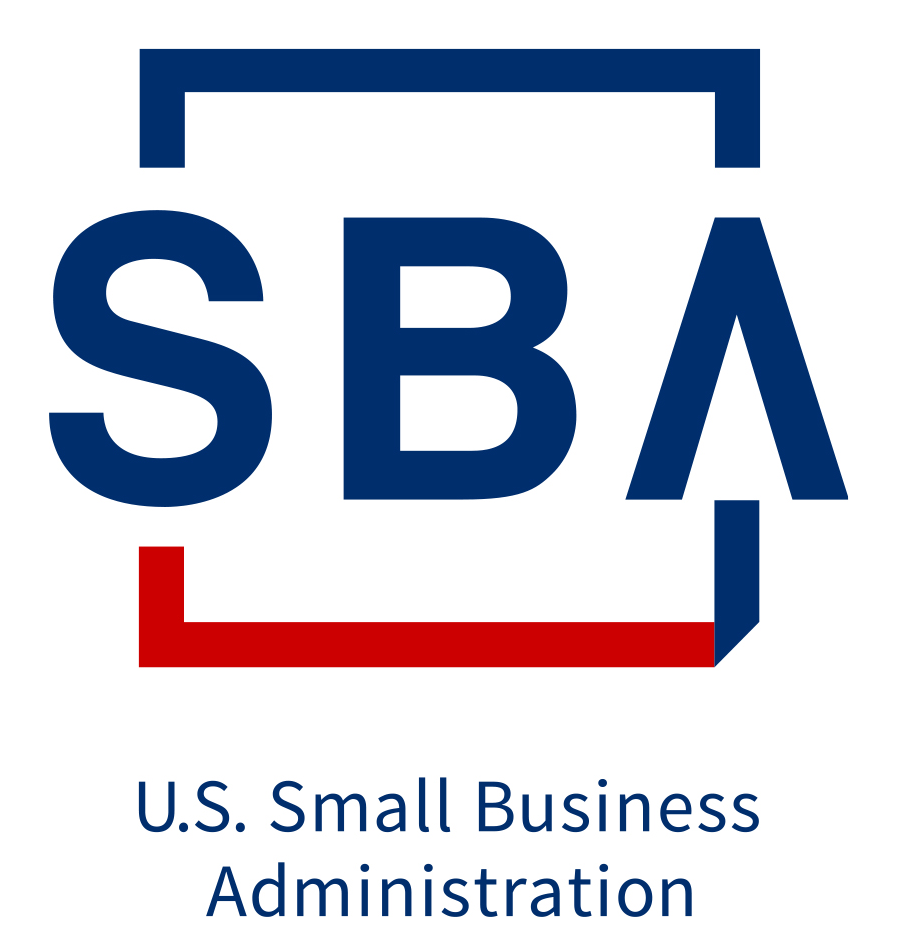The New York based research group, The Conference Board, has released a new survey highlighting the current struggle between turnover concerns and efforts for a fully in-person work schedule. One of the most significant insights from the study was how hybrid setups are still a critical tool for businesses looking to balance these desires. As we have written about in the past, there has been concerted efforts by companies to have employees return to the office. However, companies are having difficulties motivating employees to come back to work, and it seems that those who adopt the strictest return directives notice a negative impact on retention.
Return To the Office Push:
There has been a strong push towards return to the office efforts with many companies cracking down on their work from home policies. Major companies are also reducing the percentage of postings advertising remote work. This comes after many companies were caught in the trap of remote work with promises of starting delayed by restrictions repeatedly cementing more of a remote work culture.
Employee Concerns:
With remote work becoming more normalized, efforts to return to the office have been met with questions as employees have not been fully on board with return to the office efforts. Workers have been retaliating against a wave of companies requiring a minimum number of fully-in person workdays a week. Click here to read more about major companies instituting return to the office efforts and employee pushback. Workers have been requesting understanding, reminding employers of commuting issues, school drop-off and pick-up schedules for parents and other inconveniences that in-person work creates that can be remedied by remote work.
Attraction and Retention Rates:
With the Amazon protests as any indication, some of the harsher company return to the office policies have been met with pushback. The July Conference Board findings indicate that in-person workers had twice the turnover rate in the last six months in comparison to remote workers. Employees are pointing to certain perks such as free-lunch options or reimbursed commuting options that would inspire them to return to the office. Continuing to provide hybrid setups is another strategy that can help keep employees, since just 46% of businesses that allow hybrid work report having trouble keeping employees, compared to 71% of businesses that require onsite work, according to The Conference Board.
Along with allowing for hybrid setups, companies who are still looking to increase both onsite work and retention rates can focus on team building and flexible hours to attract and retain workers. Allowing a relaxed casual dress code, celebratory events, and flexible workdays were also important trends that avoid high turnover rates and foster the benefits of onsite work, according to The Conference Board.
If you are struggling with staffing retention as you implement in-office work requirements, contact us to discuss.









